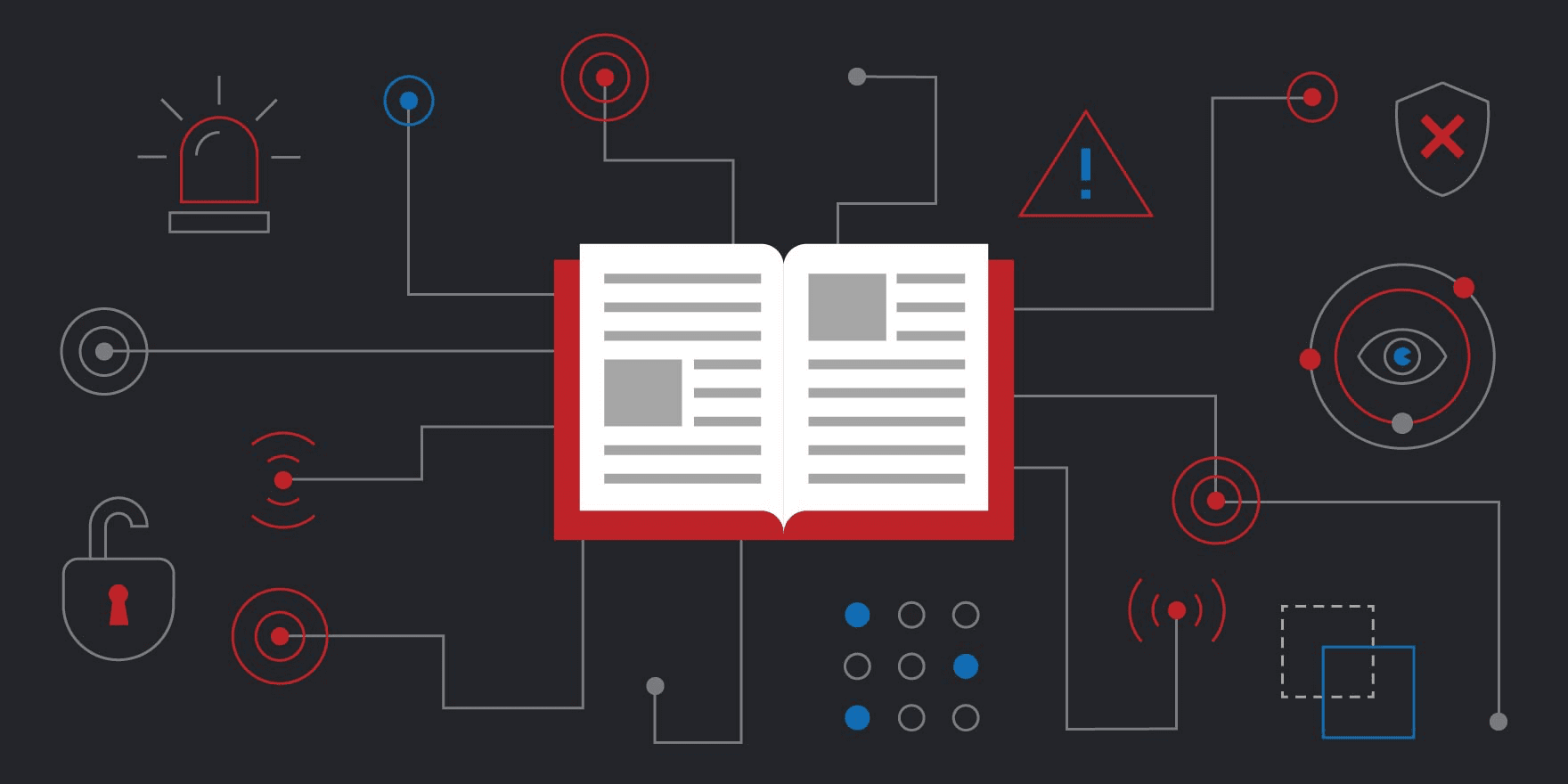The Complete Glossary for Ad Fraud
Read time: 4 minutesBilly Fink

Ad fraud is full of a lot of jargon and technical terms. Here is a comprehensive glossary of all terms you should know:
Ad Fraud
The act of intentionally falsifying engagement on an ad.
Ad Injection
The visible or hidden insertion of ads into an app, web page, or other online resource without the consent of the publisher or operator of that resource.
Blacklisting
Using lists of known bad IPs, domains, or other parameters to prevent the serving of ads to those parameters.
Bot(s)
Automated entities capable of consuming any digital content, including text, video, images, audio, and other data. These agents may intentionally or unintentionally view ads, watch videos, listen to radio spots, fake viewability, and click on ads.
Bot Detection
The detection and differentiation of bot traffic and bot impressions from human traffic and human impressions.
Bot Prevention
The prevention of bot traffic and bot impressions in inventory before the inventory is bought/sold.
Botprints
A unique combination of directly observed properties in a given impression, page view, or other online event which collectively identifies that event as bot-driven by a specific type of bot.
Bot Traffic
Automated website or other online traffic and/or ad consumption driven by or resulting from bots.
Botnet
A group of infected computers that generate automated web events. The infrastructure used to create many types of bots.
Broker
Third-party arbitrageurs that buy traffic from suppliers and sell to publishers; often media agencies, retargeting platforms, or traffic extension platforms.
Cash-Out Site
A website, app, or other resource that is capable of delivering ads, and is operated by cybercriminals for the purpose of extracting money from the online advertising ecosystem.
Click Farm
A type of ad fraud, in which a large group of human workers (in one or multiple locations) is minimally paid or otherwise incentivized to view and/or click on ads on behalf of a third party that economically benefits from those human workers’ illegitimate consumption of the ads.
Desktop Impressions (or Non-Mobile Impressions)
Ad impressions coming from web pages browsed on desktops, laptops, and gaming consoles.
Domain Blacklisting
Using lists of known bad domains to prevent the serving of ads to those domains.
DSP (Demand-Side Platform)
A platform that allows advertisers or their agencies to manage multiple exchange accounts and bid across those accounts.
DMP (Data Management Platform)
Software that aggregates first-party and third-party data in a centralized location and format for advertisers or their agencies.
Exchange
A technology platform that facilitates the buying and selling of ads and related data from multiple sources such as publishers and networks of publishers.
General Bots (or Known Bot)
Bots that can be detected through the industry bots and spiders list and known browser list.
HREF Domain
The domain where a particular ad impression, video play, page view, or other online event occurred.
Human Impression (or Valid Impression)
An impression legitimately served to a real human not intentionally or unintentionally engaged in any form of ad fraud.
Impression
A singular delivery of a particular online ad in a specific online inventory space. It is the basic economic unit of online advertising, generally as recorded by ad servers for the purposes of billing advertisers or their agencies.
Incomplete Load (or Non-Measurable)
Cases where the JavaScript tag was not fully loaded due to factors such as page abandonment or site configuration.
IP, IP Address
A unique numerical address corresponding to a particular device or set of devices connected to the Internet.
Man-in-the-Browser Attack
An internet attack that infects a user’s online interactions by taking advantage of vulnerabilities in browser or app security to modify ads, web pages, or transaction content or to insert additional ads, content, or transactions, without the knowledge or consent of the user or the resource(s) with which the user intended to interact.
Mobile (or Mobile Impressions)
Impressions coming from web pages browsed by users with the mobile tag – typically mobile phones or tablets.
Placement
A subset of ads under a specific campaign belonging to an advertiser that is related to a specific ad size and inventory slot.
Pop-Under
Windows that appear or open under the user’s current browser window so that they become visible when that window is closed.
Private Marketplace (PMP)
A seller-controlled auction-based buying environment that requires a passkey (usually a Deal ID) in order for the buyer to participate.
PPC (Pay-per-Click)
A method of buying and selling ads in which the buyer pays the seller an agreed-upon amount of money per click that is generated.
Publisher
The operator of a website or network of websites, and the producer or curator of content for those sites. A seller of online advertising inventory, and often a buyer of third-party traffic.
Retargeting (or Behavioral Retargeting)
The process of delivering ads to particular users based on previous online activity.
Sophisticated Bot
A bot not listed in the industry bots and spider list and known browser list.
Sophisticated Bot Percentage
The percentage of total traffic for which sophisticated bots are responsible, compared to total traffic.
Traffic Visits
to a particular site, page, or other online resource; impressions related to a particular ad.
Traffic Sourcing or Sourced Traffic
Any method by which publishers acquire more visitors through third parties.